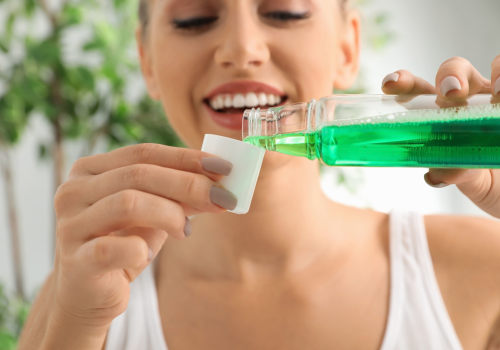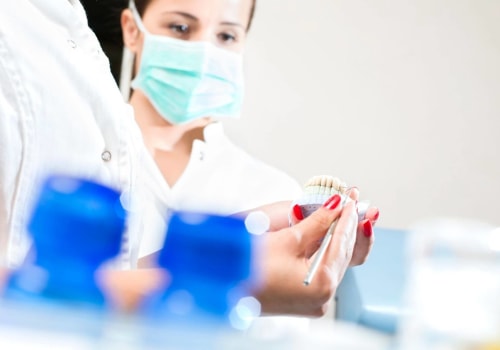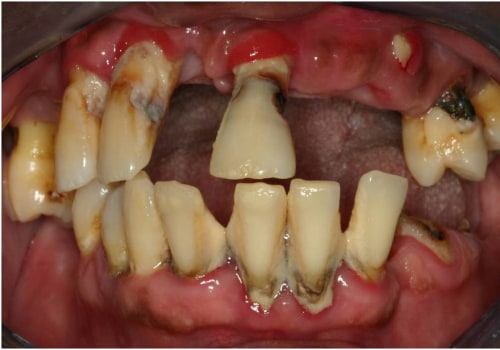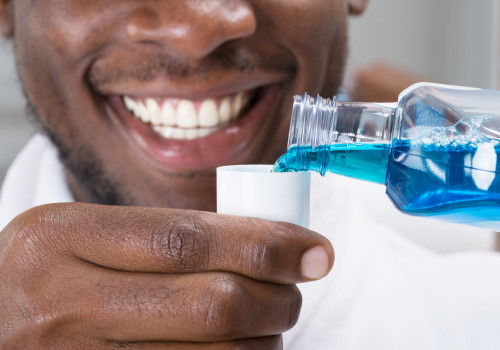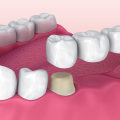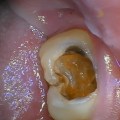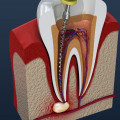Stained and discolored teeth can cause people to feel embarrassed and self-conscious about their smile. But, you don't have to resort to expensive teeth whitening treatments to get the perfect pearly whites. Baking soda and hydrogen peroxide are two common household items that can be used together to whiten teeth in a safe and effective way. Baking soda is a natural ingredient that has been used for decades as a cleaning agent. It is also known to have mild abrasive properties that help to remove surface stains from teeth.
Hydrogen peroxide, on the other hand, is a powerful bleaching agent that helps to break down and remove tough stains that are embedded deep within the enamel of your teeth. In this article, we'll discuss the benefits of using baking soda and hydrogen peroxide together as a DIY teeth whitening treatment, as well as how to use them safely and effectively. When used correctly, baking soda and hydrogen peroxide can both be effective at whitening teeth. Baking soda is a mild abrasive that helps to remove surface stains on teeth, while hydrogen peroxide is a natural bleaching agent that can help lighten deeper stains. It's important to note that neither baking soda nor hydrogen peroxide will whiten your teeth overnight; results may take several weeks to become visible. When using baking soda, it's important to make sure that you're using a toothpaste or mouthwash that contains baking soda. You can also make your own baking soda toothpaste by mixing baking soda with water or other natural ingredients, such as coconut oil or honey.
It's also important to note that baking soda can be abrasive, so it's best to use it no more than twice a week. Hydrogen peroxide is another popular natural teeth whitener. It's important to note that you should never use full-strength hydrogen peroxide as it can damage your teeth and gums. Instead, look for toothpastes or mouthwashes that contain a lower concentration of hydrogen peroxide (usually 3%). You can also make your own hydrogen peroxide mouthwash by combining 1 part hydrogen peroxide with 1 part water.
Again, it's important to not overuse hydrogen peroxide; no more than twice a week is recommended. In addition to using baking soda and hydrogen peroxide for teeth whitening, there are some other tips you should follow to ensure the best results. Be sure to brush your teeth at least twice a day with an ADA-approved toothpaste, floss regularly, limit sugary or acidic foods and drinks, and avoid smoking. These simple steps will help keep your teeth looking their best.
How to Use Baking Soda and Hydrogen Peroxide for Teeth Whitening
When using baking soda for teeth whitening, it's important to make sure that you're using a toothpaste or mouthwash that contains baking soda. When using hydrogen peroxide for teeth whitening, it's important to make sure that you're using a toothpaste or mouthwash that contains a lower concentration of hydrogen peroxide (usually 3%).You can also make your own hydrogen peroxide mouthwash by combining 1 part hydrogen peroxide with 1 part water.
The Benefits of Baking Soda and Hydrogen Peroxide for Teeth Whitening
Baking soda and hydrogen peroxide are two popular natural teeth whitening solutions.Baking soda
is a mild abrasive that helps to remove surface stains on teeth, while hydrogen peroxide is a natural bleaching agent that can help lighten deeper stains. When used correctly, they can both be effective at whitening teeth. Baking soda has mild abrasive properties, which makes it effective at removing surface stains on teeth. It can help to remove plaque buildup, as well as stubborn stains from food and beverages.The abrasive action of baking soda also helps to polish the enamel, making teeth appear brighter. Hydrogen peroxide is a bleaching agent that can help lighten the color of teeth. It works by penetrating the enamel and oxidizing the pigments of the underlying dentin. This causes the teeth to become lighter in color, resulting in a brighter smile. Hydrogen peroxide is also a powerful antiseptic and can help to reduce bad breath. When used together, baking soda and hydrogen peroxide can provide an effective teeth whitening solution.
Baking soda removes surface stains, while hydrogen peroxide penetrates deeper into the enamel to lighten deeper stains. They should be used together for best results. It’s important to use baking soda and hydrogen peroxide correctly for safe and effective teeth whitening. For best results, use a paste made of equal parts baking soda and hydrogen peroxide. Brush your teeth with this paste for two minutes twice a day for up to two weeks.
After two weeks, use only baking soda once or twice a week as maintenance. Baking soda and hydrogen peroxide are both popular natural teeth whitening solutions. When used correctly and in conjunction with other good oral hygiene habits, such as brushing twice daily with an ADA-approved toothpaste, flossing regularly, limiting sugary or acidic foods and drinks, and avoiding smoking, they can be effective at whitening teeth. However, it is important to note that results may take several weeks to become visible. It is also important to remember that baking soda and hydrogen peroxide are not a substitute for proper dental care, and should not replace regular visits to the dentist. If you are concerned about the condition of your teeth, it is always best to consult your dentist before using any kind of DIY teeth whitening solution.
